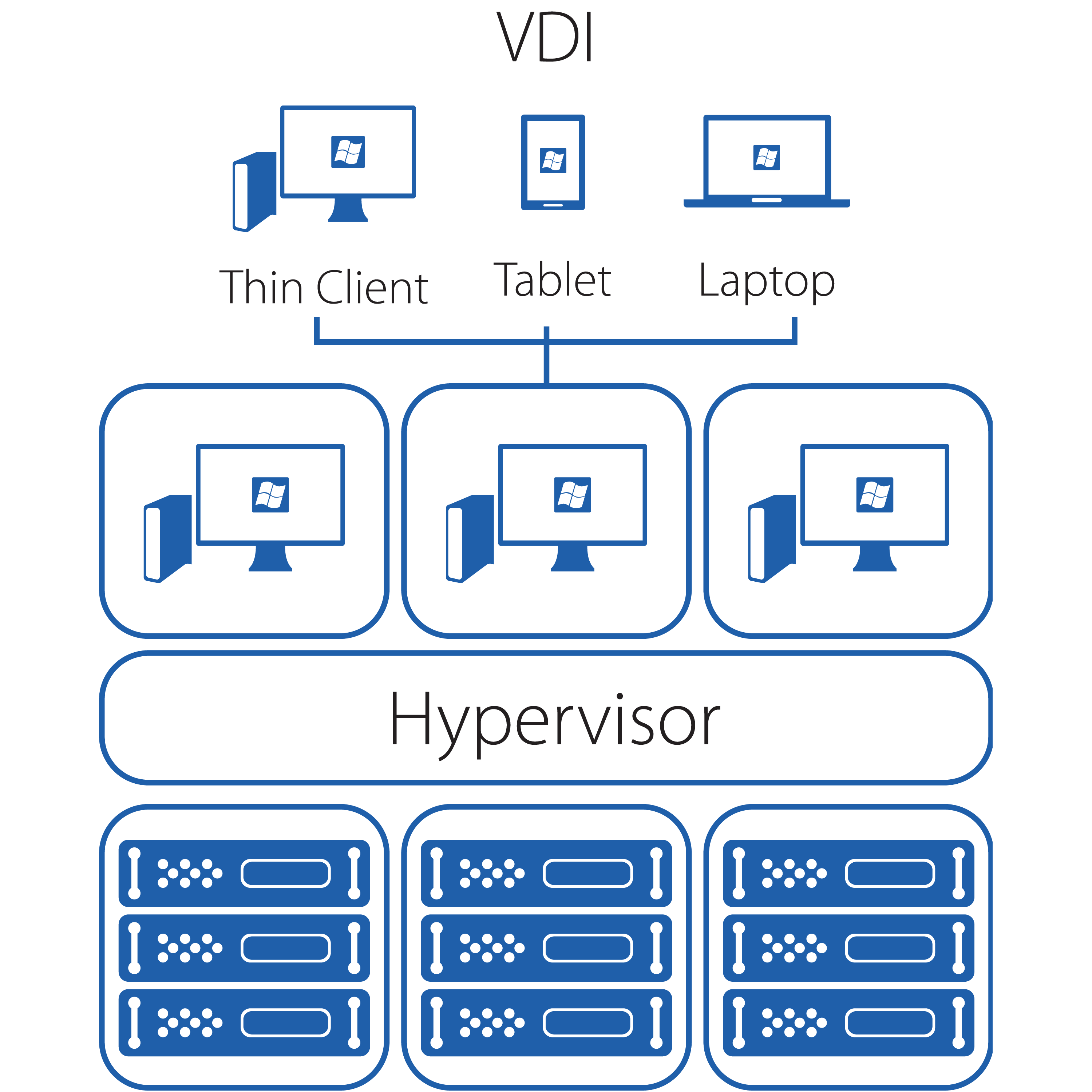Ucloud Storage provides fast and reliable storage for I/O-intensive applications. In order to meet your business requirements, you can select Standard or Enterprise Block Storage volumes, both of which are connected to Cloud Servers via our high-speed network. There is a constant need for storage in any enterprise, and day-by-day the need for storage continually increases. In fact, investment in storage is one of the major contributors to IT costs.
Reliable I/O for your cloud applications
Emerging applications require reliable storage IOPs (Input/output Operations Per Second) to perform consistently and reliably. Based upon the performance level required for your application Ucloud provides the required IOPs.

High Speed Data
You can enjoy our high speed 20 GB Ethernet internal network connection to your Cloud Block Storage volume if you use our Performance Cloud Servers. A high speed network provides relief from potential I/O bottlenecks. Ucloud Storage increases throughput and higher performance for your applications.

Snapshot
A virtual machine (VM) snapshot is a record of a running virtual machine at a point in time. When you take a snapshot of a VM, its storage information (the data on the hard drive) and metadata (configuration information) is also saved. Where necessary, I/O is temporarily halted while the snapshot is being taken to ensure that a self-consistent disk image can be captured.
Unlike VM exports, snapshots can be created without first shutting down the VM. A snapshot is similar to a normal VM template but it contains all the storage and configuration information of the original VM, including networking information. Snapshots provide a fast way of creating templates that can be exported for backup purposes and then restored, or that can be used to quickly create new VMs.
Disk-only snapshots store a VM's configuration information (metadata) and disks (storage), allowing them to be exported and restored for backup purposes. This type of snapshot is crash-consistent and can be performed on all VM types, including Linux VMs.
In addition to saving the VM's metadata and disks, disk and memory snapshots also save the VM's memory state (RAM). Reverting back to a disk and memory snapshot does not require a reboot of the VM, and VMs can be running or suspended when the snapshot is taken. Disk and memory snapshots can be useful if you are upgrading or patching software, or want to test a new application, but also want the option to be able to get back to the current, pre-change state (RAM) of the VM.
Accessing Orphaned Snapshots
Note that if you take snapshots of a VM and subsequently delete the original VM, you can still access those snapshots: in Folder View on the Resources pane. Click to expand the Types group and then expand the Snapshots group to view all available snapshots.
What is VDI
The cost of computer hardware is increasing and the change in technology is so rapid. It is almost impossible for the corporate customer to keep up with the change, both hardware and software, due to budgetary constraints. Hence there is a need for Data Center to which they can outsource their IT infrastructure too. This Data Center would be an ever evolving unit that will invest in the hardware and software keeping up with the latest technologies providing Infrastructure as a Service (IaaS) and providing two of the fundamental services required by any company without them having to invest any capital into hardware and software.

Sometimes referred to as desktop virtualization, virtual desktop infrastructure or VDI is a computing model that adds a layer of virtualization between the server and the desktop PCs. VDI provides greater security, seamless user experience and superior data security because VDI hosts the desktop image in the data center, organizations keep sensitive data safe in the corporate data center, not on the end-user’s machine which can be lost, stolen, or even destroyed. VDI effectively reduces the risks inherent in every aspect of the user environment.
VDI is hosted in a data center that run on servers with high availability features including redundant and hot swappable power supplies, fans and storage disks. Such systems can help protect against downtime. More productive end-users: With VDI, the end-user experience remains familiar. Their desktop looks just like their desktop and their thin client machine performs just like the desktop PC they’ve grown comfortable with and accustomed to.
Welcome to the Mainstream VDI
Posted by - TheTechster Desktop Virtualization, Matrix42, VDI
Get this, If you’re not doing desktop virtualization this year you are now in the minority. According to a survey, 59 percent of companies are either in the process or are planning to deploy desktop virtualization within the next six months. Of those companies that are either in process of deploying or planning, 32 percent are already deploying and 27 percent plan to start within the next six months. Only four percent of respondents said they have no plans at all to deploy desktop virtualization, with an additional 12 percent saying they don’t know what they are planning to do.
We would guess that the data is somewhat skewed: The research was conducted at the 2011 Citrix Synergy San Francisco conference, which would clearly cater to companies inclined towards desktop virtualization, the findings were consistent with the research it conducted at the CeBIT conference in Europe. In fact, the totals among CeBIT attendees were even higher, at 66 percent either deploying or planning to deploy.

Virtual Desktop Reality : 49M Units in Two Years?
Source : TheTechster Gartner, Hosted Virtual Desktop, VDI, VDI Worldwide Revenue, Virtual Desktop Infrastructure, Windows 7 Migration
If you do a Google search on VDI Worldwide Revenue the article the comes up over and over and over again is a report from Gartner dated March 26, 2009. The numbers are quite staggering and fascinating as well. A little more than two years ago Gartner predicted that the worldwide market for VDI devices, which it called Hosted Virtual Desktop, would be . . . ready for this? . . . 49 million units by the end of 2013, representing 40 percent of the worldwide professional PC market.
What Are the Drivers for Desktop Virtualization
Posted by: The Techster, Citrix Synergy, Desktop Virtualization, Matrix42, VDI
59 percent of companies surveyed at 2011 Citrix Synergy are either in the process of deploying desktop virtualization, or are planning to deploy within the next six months. I guess that’s one of the reasons they were attending the show, right?
So why are they doing it - what are the key drivers to their desktop virtualization initiatives? Their Answers:
- Reduce management or support costs 42 %
- Improved availability or performance 24 %
- Improved security and compliance 22 %
- More user flexibility and mobility 33 %
- Hardware and/or software cost savings 22 %
Five Reasons to Consider VDI
Posted by: TheTechster VDI, Virtual Desktop Infrastructure, Windows 7
Since the beginning of time, or at least since the advent of the PC, there has been a constant struggle between IT control and user choice/freedom. The pendulum has swung in both directions. When IT can get control, they tend to seize it. Not necessarily control for control’s sake, but in the best interests of the organization. And so it is now with VDI and the potential for IT to seize more control of a client environment that in some ways has gone crazy with freedom of choice, what with smart phones, tablets, iPads and other personal devices connecting to and possibly infecting / effecting corporate networks everywhere. So what are the reasons IT may be looking at gaining more control through VDI ? Here are five to consider:

Security
This is a big one, right? If you can keep all of the information in centralized storage and restrict access to authorized users, it makes managing endpoints quite a bit easier. If a laptop is stolen or lost there’s no corporate data on the hard drive to lose. If users can’t upload data to a USB drive then that’s one less thing to worry about.

Hardware Repairs
Companies that have deployed VDI solutions report dramatic decreases in the number of desk-side visits to fix or update devices, with thin clients, the chances of something going wrong with the hardware are diminished because there is no local storage to worry about.

Software Management
This is one that organizations are dealing with big-time with the shift to Windows 7. With VDI, however, you have the opportunity to isolate the operating system from the application, so the idea of software migration takes on a whole different meaning.

Patch Management
There’s a lot of stuff on most PCs : Operating systems, dozens of applications, browsers, anti-virus software, instant messaging and more. Keeping users current on everything can be a pain, and ensuring compatibility and currency are time-consuming, labor-intensive tasks without the right tools.

Speed
With VDI, everything can go faster: From provisioning new devices to migrating software to deploying patches to getting users back up and running after a disaster or some other incident that causes downtime. Increased speed generally means less downtime, which generally means more productivity. More productivity means happier executives, which means happier IT departments. And that alone can make the case for why IT likes control. At least that’s what I think.